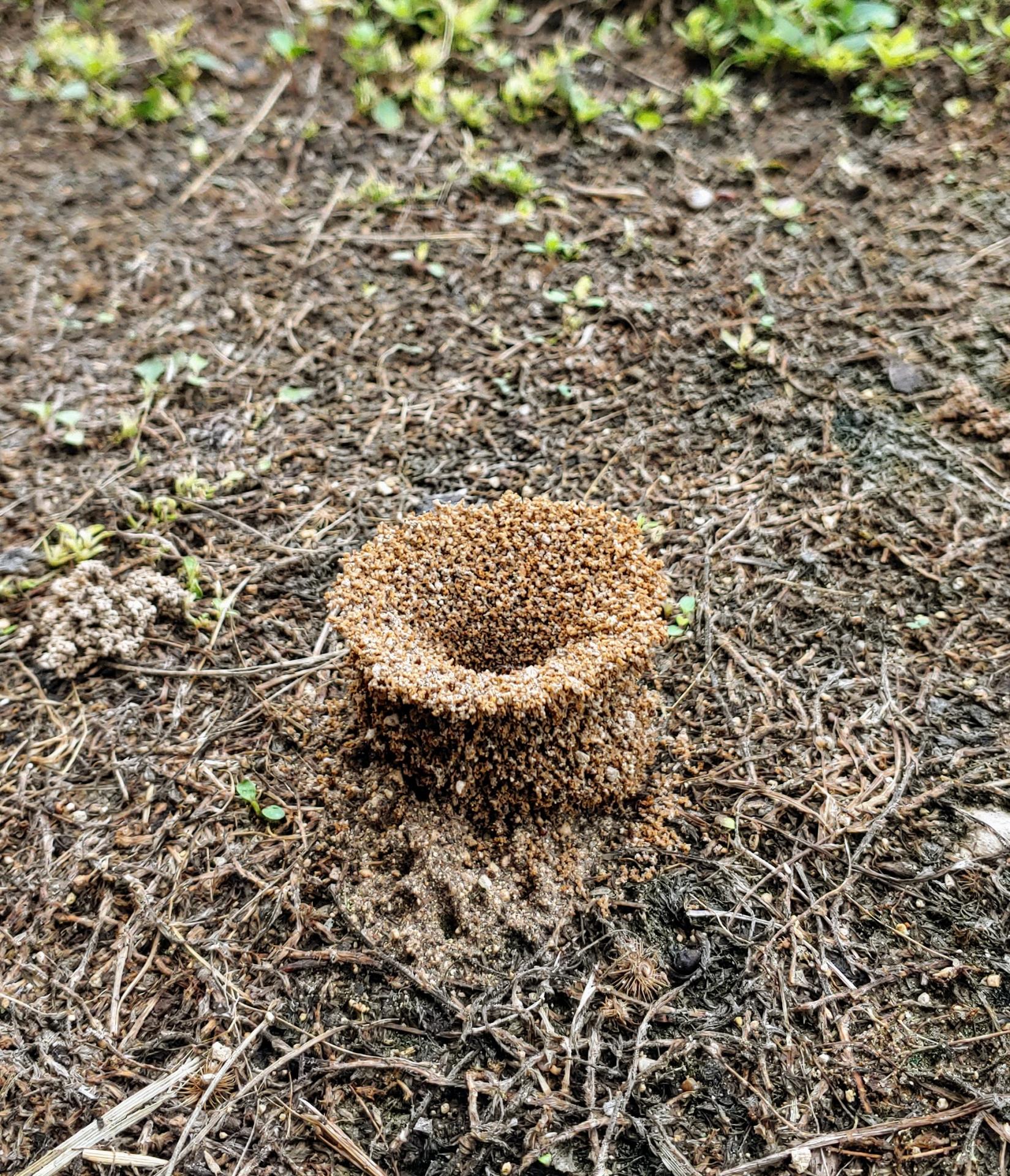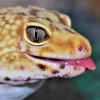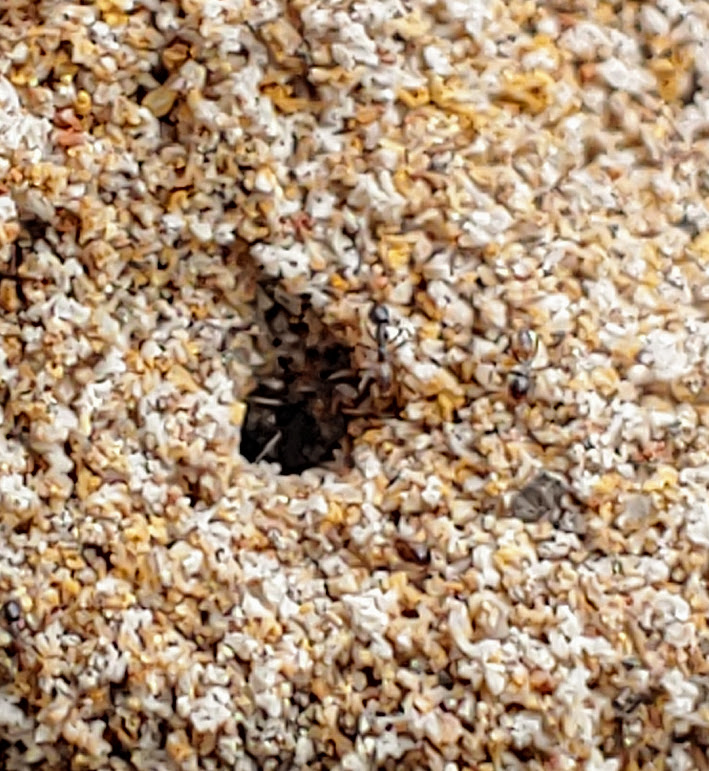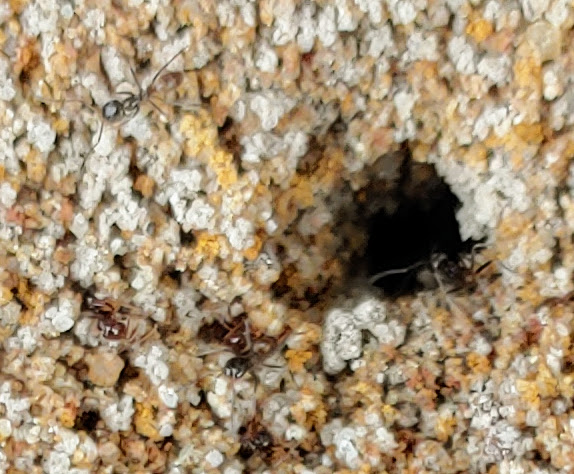Sorry for the newbie question, but what the heck do I have here? Brazos Valley, Texas. My limited internet searching came up with possibly funnel ants or pyramid ants. Their appearance kind of fits the description but none of the mounds they show were anywhere near as trumpet shaped as this one.
- Formiculture.com
- Forums
- Gallery
- Members
- Member Map
- Chat


























